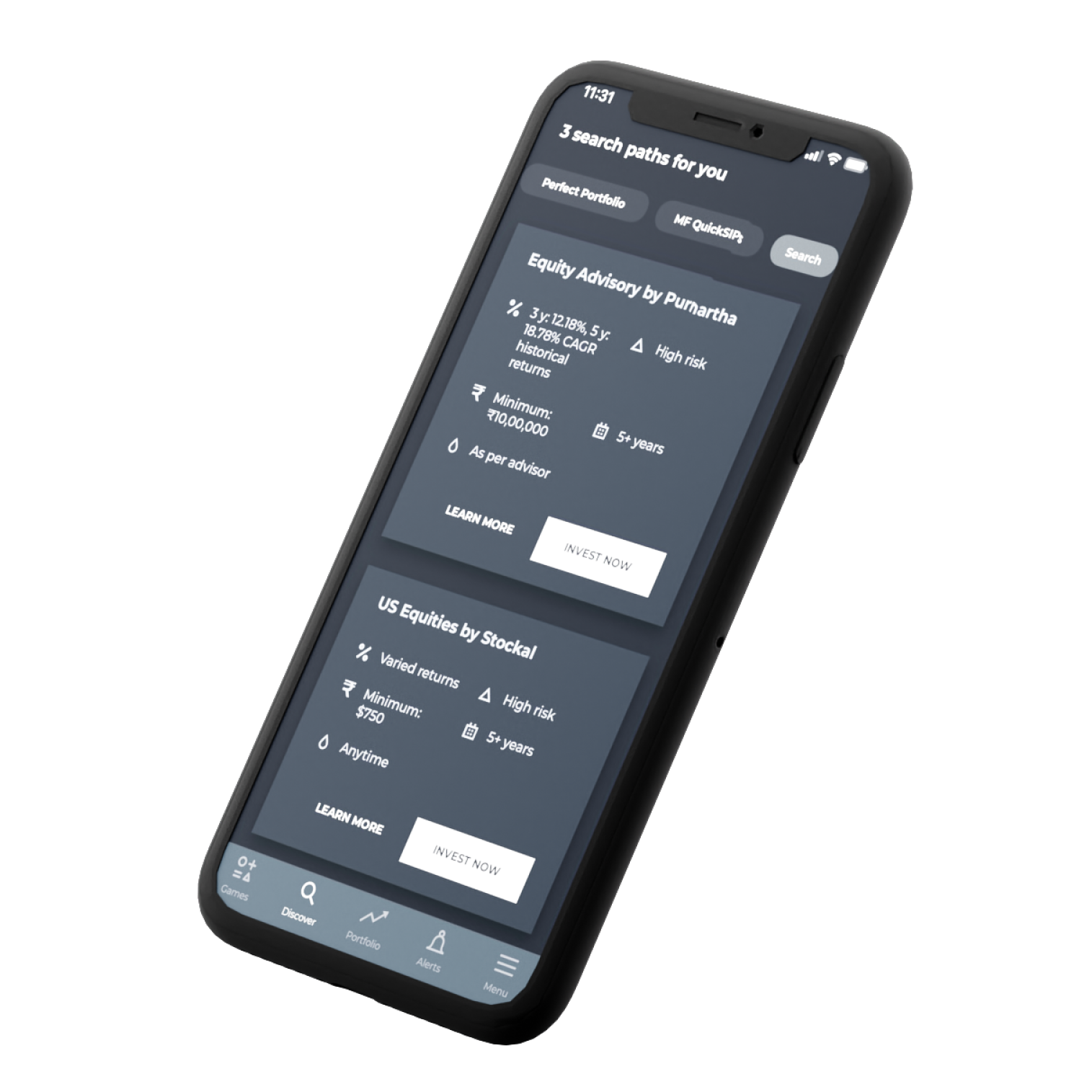

For both investors and fund managers, managing liquidity and redemptions in liquid funds is a crucial component of financial management. Money market funds and liquid funds are both intended to provide investors with a low-risk, high-liquidity investment choice. In this blog, We will explore techniques for controlling liquidity and redemptions in liquid funds. Understanding Liquidity Management in Liquid Funds.
Liquid funds' redemption procedures and timing are extremely important for guaranteeing that investors may quickly access their money while also preserving the fund's general stability and liquidity. An overview of the redemption procedure and the variables affecting when liquid funds are redeemed is given below:
An investor must submit a redemption request to the fund house in order to withdraw their investment from a liquid fund. The following stages are often included in the redemption process:
Step 1: Request Initiation
Step 2: Cut-Off Time
Step 3: Processing Time
Step 4: Payment
The Cube Wealth app provides a smooth and user-friendly redemption process that is as simple as tapping the "SELL" button. Users can swiftly liquidate their assets and receive their cash by following a few simple procedures. Whether redeeming from mutual funds, equities, or other investment alternatives, the app's user-friendly design quickly takes users through the procedure.
A number of variables can affect when liquid funds are redeemed, including:
a. Fund Size: Larger funds may require more time to complete redemptions since they have more assets to sell. This can cause a small delay in paying investment.
b. Market circumstances: Fund managers may use prudence to keep enough liquidity in the fund during times of market turbulence or economic uncertainty. To fulfil possible redemption requests, they could keep more liquid assets, which might affect when redemptions take place.
c. Regulatory Requirements: In some circumstances, regulatory rules may affect when redemptions are made. For instance, in order to avoid excessive trading, certain countries may require minimum holding periods before an investor can redeem their investment.
For both investors and fund managers, managing market volatility and investor sentiment is a significant problem. Investor mood refers to the general attitude and feelings of investors towards the market and particular investment products. Before adopting any investment strategy, it's advisable to download the Cube Wealth app and consult a Cube Wealth Coach who can provide guidance based on your risk tolerance. Market volatility is the quick and unpredictable price movements in financial markets. Following are some tactics for controlling market turbulence and investor sentiment:
Spreading investments across different businesses, locations, and asset classes can help lower risk. Other assets in the portfolio may offer stability and balance the performance overall when one market sector is volatile.
It's critical for investors to comprehend personal risk tolerance. This entails determining how much turbulence one can handle without acting rashly. Aligning asset allocation with risk tolerance will help minimise panic selling during market downturns.
Investors should examine their investing objectives, risk tolerance, and time horizon on a frequent basis. This lessens the temptation to act impulsively based on transient market fluctuations and helps to guarantee that the investment plan stays in line with their financial goals.
Having a long-term investment view enables investors to withstand momentary market turbulence. Focusing on long-term objectives might assist prevent having knee-jerk reactions to short-term swings because the market usually recovers over time.
Having enough liquidity in an investor's portfolio can enable them to seize opportunities during market downturns or meet their financial obligations without having to resort to distress selling.
Systematic Withdrawal Plans (SWP) in liquid funds provide investors a practical and adaptable option to keep their investment in the fund while generating a consistent income stream. Investors can choose to withdraw a set sum or a predefined proportion of their invested cash using an SWP at predetermined intervals, such as monthly or quarterly. Liquid funds are a great option for SWPs because of their stability and high liquidity, which grants investors to access their money fast without sacrificing security or profits. SWPs are a useful tool for financial planning and managing cash flow requirements since they offer a reliable income source for retired individuals, those who are looking for additional income, or people who wish to receive periodic payments from their investments.
Effective management of liquidity and redemptions is essential for the efficient operation of any investment fund, particularly liquid funds. To achieve effective liquidity management and redemption procedures, fund managers should follow the following best practices:
Invest in assets with short maturities that are of good quality and liquidity. Focus on highly rated corporate debt, money market instruments, and government securities to ensure rapid and easy disposal if necessary.
Spread out the portfolio of the fund among diverse industries and issuers. This lowers the risk of concentration and increases the fund's general stability.
Test the fund's capacity to honour redemption requests in challenging market conditions. Determine possible liquidity shortfalls and create backup strategies.
Keep enough cash or other highly liquid assets in your portfolio to cover any redemptions without deviating from your main investment plan.
Align the fund's investment goals with investors' need for liquidity. Investors should be informed in full about the fund's anticipated redemption procedure and timeline.
Fund managers may strike a balance between satisfying client redemption requirements and preserving the liquidity and stability of the fund by adhering to these recommended practices. For effective liquidity management and a well-structured redemption procedure, which are essential to the fund's general success and standing in the investing world, we at Cube advise you to speak with Cube Wealth Coach.
Ans. By investing in highly liquid assets such treasury bills, certificates of deposit, commercial papers, and money market instruments with short maturities, liquid funds manage liquidity for investor redemptions. These investments can be swiftly liquidated without suffering a large loss in value. To accommodate sudden redemption requests, fund managers also keep a portion of the portfolio of the fund in cash or assets with a cash equivalent. Liquid funds make sure they have enough liquidity to handle investor redemption requests effectively and without jeopardising the fund's stability or profits by maintaining a diverse portfolio of quickly liquidatable assets.
Ans. Investors can submit withdrawal requests for liquid funds either electronically or physically using forms provided by the fund institution. The investor will get the Net Asset Value (NAV) of that day if the redemption request is made before the customary cut-off time for liquid funds on a business day. Investors who submit requests after the deadline will receive the NAV for the next business day. The payment is typically transferred to the investor's registered bank account within 1 to 3 business days after the fund house processes the redemption request, usually on the same day or the following business day.
Ans. Market turbulence and investor mood may impact liquid funds in a number of different ways. The value of the fund's underlying assets may change over time, which might have an effect on the Net Asset Value (NAV) of the fund. Additionally, an increase in redemption requests due to heightened investor emotion, such as panic selling, can create stress on the fund's liquidity management. Liquid funds, on the other hand, are often less impacted than other types of funds since they concentrate on highly liquid and short-term products, preserving stability and offering a comparatively safe refuge for investors amid volatile market situations.
Ans. A liquid fund's Systematic Withdrawal Plan (SWP) enables investors to withdraw a predefined sum or portion of their invested money on a regular basis, such as monthly or quarterly. Investors can use this investing technique to satisfy their cash flow demands by methodically withdrawing money from the liquid fund while leaving the rest of their investment intact. SWPs in liquid funds are appropriate for retirees or those looking for additional income since they offer an easy and adaptable approach for people to obtain a consistent income stream from their assets.
Ans. Investing in highly liquid assets with short maturities, diversifying the portfolio to reduce concentration risk, maintaining sufficient cash reserves, routinely stress testing the fund's liquidity, setting realistic investment objectives aligned with investor liquidity needs, and abiding by regulatory requirements are some best practises for managing liquidity and redemptions in liquid funds. Effective administration of liquid funds also requires open communication with investors, keeping up with market developments, and routinely reviewing and assessing liquidity management measures.
Other Blogs You May Like:






on stock picking, poring over excel sheets, financial news, analyzing market trends, tracking the Sensex, researching company fundamentals, comparing mutual funds, reading financial reports, trying to predict the future & losing your sanity!